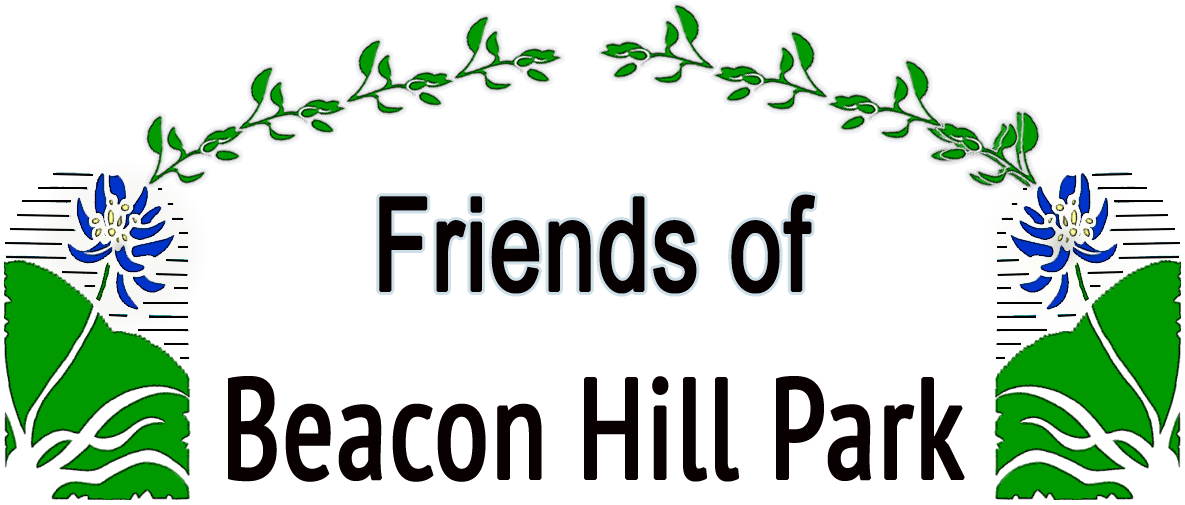|
|
Daphne (Spurge Laureola)Daphne is a genus of shrubs and small trees, some species of which have been introduced as ornamental plants in North America. One species, Daphne laureola, is considered an invasive species in some areas of North America, particularly in the Pacific Northwest. Daphne laureola, also known as spurge laurel, is native to Europe and has been introduced to North America as an ornamental plant. The plant is able to invade a variety of habitats, including forests, woodlands, and riparian areas. It can form dense stands and outcompete native vegetation, reducing biodiversity and altering nutrient cycling. To address the issue of invasive species like Daphne laureola in North America, various organizations and government agencies have implemented management strategies, such as herbicide treatment and mechanical removal, to control the spread of invasive plants. Why is daphne invasive?
Is Daphne Edible? The plant produces berries that are toxic to humans and animals if ingested, and the plant itself can cause skin irritation in some people. While some species of Daphne have been used for medicinal purposes in traditional medicine, Daphne laureola, which is the species considered invasive in some parts of North America, is not edible or recommended for medicinal use. The plant contains a variety of toxins, including daphnetoxin and mezerein, which can cause skin irritation and blisters in some people. The berries of Daphne laureola are also toxic to humans and animals if ingested. It is important to note that consuming any plant for medicinal purposes should be done under the guidance of a healthcare professional, as many plants can have potential side effects and interact with other medications. Why is it crucial to remove daphne?
References:
|



